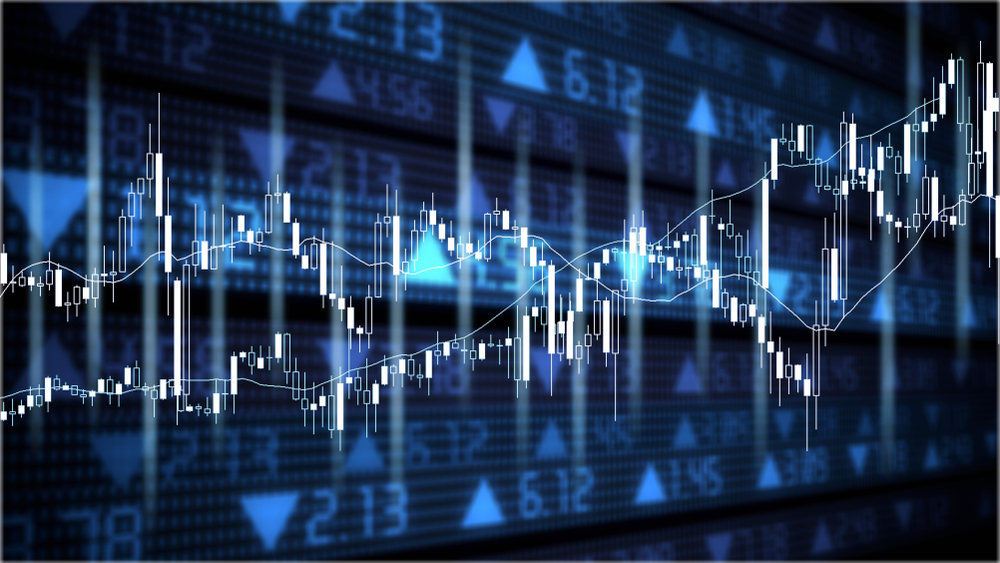
Parabolic sar indicator is an indicator pattern which is also widely used by traders in monitoring stop losses. Originally,the parabolic sar indicator was called ‘ Stop and reverse Parabola Time / Price System ‘ with SAR acronym. Technical experts frequently call the measure “SAR” by themselves. Part of the success of the indicator is due to its simple definition. It is distinct because it uses dots to communicate information on the map, instead of axes, ranges, or “clouds.”
The points below the price and in an upward sloping pattern are showing a trend upward. Dots which are above cost and in a downward slope display a downward trend. We can also represent the price for a dealer, depending on if SAR is used for that reason, to avoid trailing.
Parabolic SAR Calculation
For the new calculation, parabolic sar indicator uses values from the previous period. The estimate, therefore, differs as to whether SARs increase or decrease.
Parabolic SAR Rising
Overall it comprises three components–the previous SAR and two extreme points (EP) and acceleration factor (AF) indicative values.
The SAR value of the following time is just the SAR value.
The extreme point (EP) is the peak trend in the current trend.
Acceleration Factor (AF) starts on.02 and rises by.02 when the critical point (EP) reaches a new stage. under the standard indicator settings. The maximum value is 20, independently of how many new heights the extreme point is rendered.
In the charting platform environments, the momentum factor value can be changed – both the pace at which it may be that and its maximum value.
Parabolic SAR Dropping
The three elements remain the same-SAR, serious (EP) and acceleration (AR) have already been used. They are very similarly merged into the parabolic sar indicator form, and now they are subtracted rather than adding the second part.
Parabolic SAR Interpretation
The parabolic sar indicator serves as a stop-loss trailer effectively. Based on its lower-price position, the SAR is slowly “locking” profits (or bringing the stop-loss closer to breakeven). Many traders use SAR to prevent loss and its primary use in large part.
For instance, we trade the S&P 500 every day and are still on the market for a long time, we will set our stop losses equal to the SAR price level. The SAR can be similar to or far from standard, depending on the pattern. SAR’s less than a point of the price (or less than 0.04 percent) in this particular 15-minute diagram of S&P 500 makes it quite likely to cause a stop-loss.
In general, this loss will continue to rise as long as the trend continues. If prices fall below the point of SAR in an upward or downward trend above SAR, the indicator reverses.
We therefore never see the SAR decline or rise in a downward trend, and we constantly move to safeguard the profits made from trade during each time.
Parabolic SAR could also be used as a pattern after an independent predictor. Traders who use this will normally turn their trades on either the long side of the parabolic SAR is below price points.
Additionally, if parabolic sar indicator is above quality, they could bias their businesses towards the short. It should not be used isolatedly, however, like all measures, together with other scientific instruments and analytical methods.
Parabolic SAR Configuration Adjustment
The change rate of the parabolic sar indicator depends on the momentum factor (AF) and is therefore defined as such. You can change the settings of the AF, called the phase.
The step norm is.02. The move. It has the default highest value of 0.20 and can also be modified.
The pace of change of SARs can be adjusted by decreasing the phase, often called sensitivity. The difference between parabolic sar indicator and price is increased. Once the price reaches his point, SAR reverses. Consequently, the reverse of the indicator is less probable if SAR could be further from the price.
See this example of the S&P 500’s everyday chart in standard configuration (0.02 stage, maximum 0.20).
And compare it to the various settings for a maximum .01 and 20 levels.
We could see that the process is less likely to be reversed. Alternatively, by maximizing the stage, the rate of warming of SAR can be improved. This takes SAR closer to price, making it more likely to reverse the indicator. The settings are .04 in step here, as well as the full settings are.20.
We are seeing a larger number of manipulations and a further price decline in SAR.
Conclusion
To track patterns, parabolic sar indicator is routinely used. It also functions as a roadmap for traders to put an end to their business to reduce the downside and/or protect their profits. The incremental dot specification of the indicator works very closely with the trailing stop modification.